| |||||||||
|
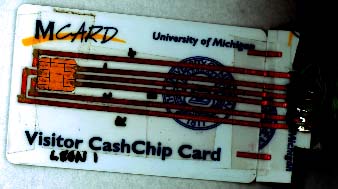
This was our first "leon device." It uses a working smartcard with copper foil and conductive epoxy, and a Molex connector.
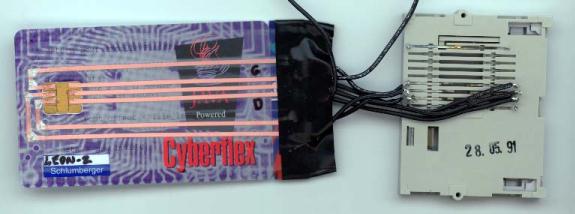
This is the first "leon device" we made here at CITI.
It is a card extender with a tap on the I/O pin.
It uses conductive epoxy on a dummy card base
and an Amphenol card connector.
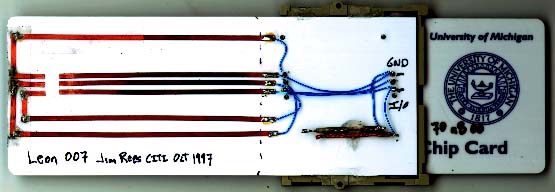
This is an improved version of the card extender.
It uses soldered copper foil on a polystyrene base.
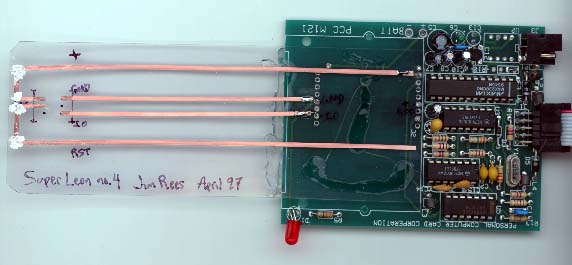
This is our first "inverse reader," or "super leon."
This type of device connects to the serial port on an
OpenBSD machine and allows the computer to simulate a smartcard.
This one uses conductive epoxy on an acetate base.
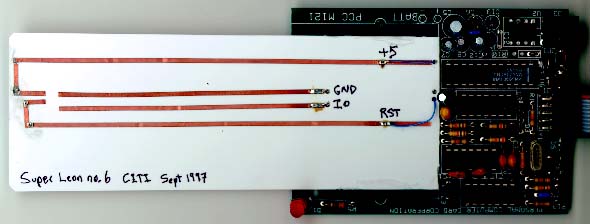
This is an improved version of the "inverse reader."
It uses soldered copper foil on a polystyrene base.

Inverse reader, card extender, and portable computer.
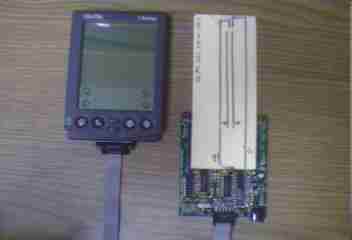
Here is the leon device connected to a PalmPilot.
|
 |

